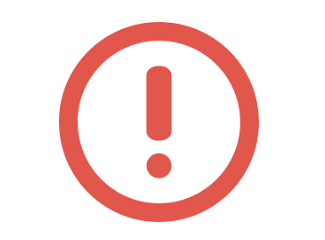.png.2fedbaeed142d9ffa7ad27f243687120.png)
IGNORED
CM6631A Digital Interface USB - naprawa
-
Ostatnio przeglądający 0 użytkowników
- Brak zarejestrowanych użytkowników przeglądających tę stronę.

Wykryto oprogramowanie blokujące typu AdBlock!
Nasza strona utrzymuje się dzięki wyświetlanym reklamom.
Reklamy są związane tematycznie ze stroną i nie są uciążliwe.
Nie przeszkadzają podczas czytania oraz nie wymagają dodatkowych akcji aby je zamykać.
Prosimy wyłącz rozszerzenie AdBlock lub oprogramowanie blokujące, podczas przeglądania strony.
Zarejestrowani użytkownicy + mogą wyłączyć ten komunikat.